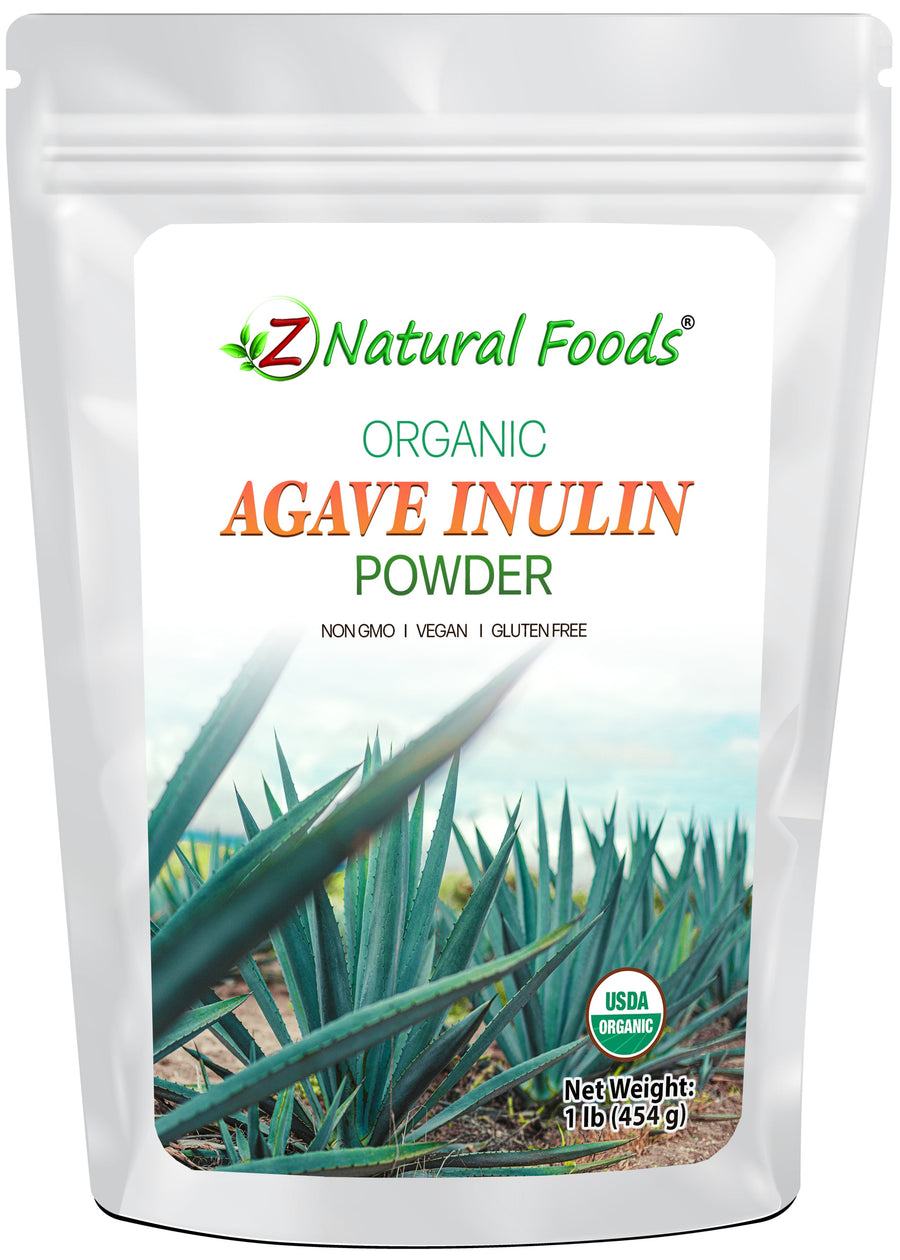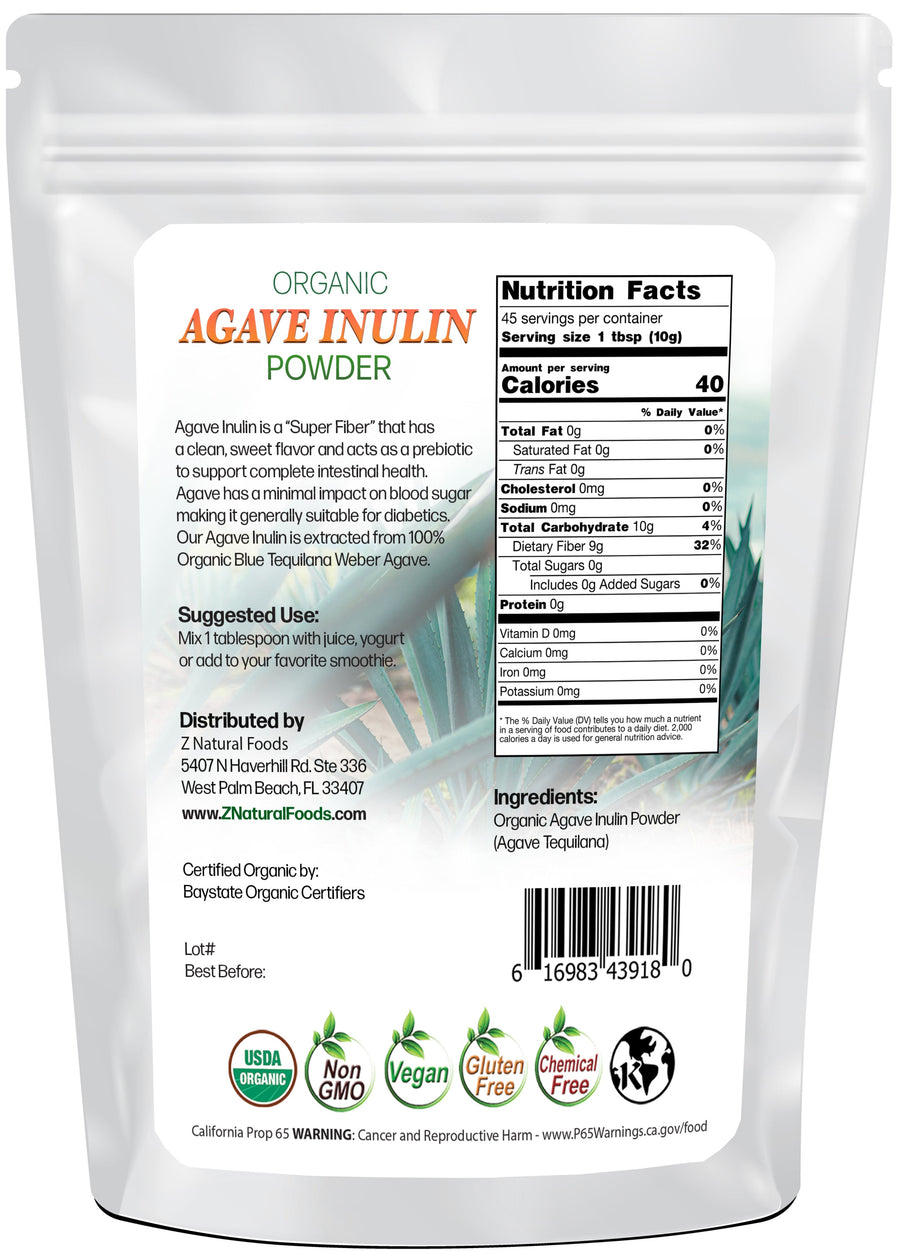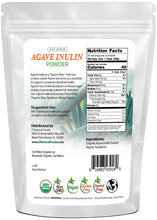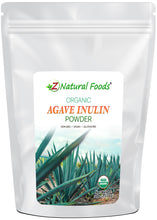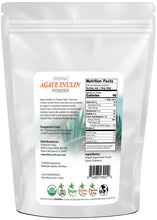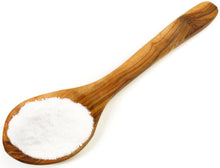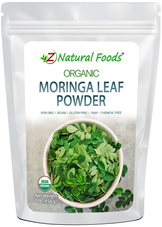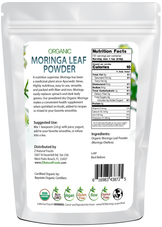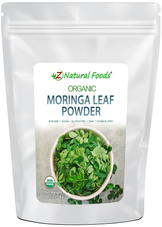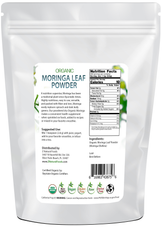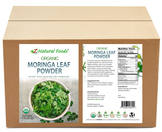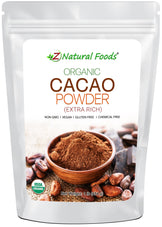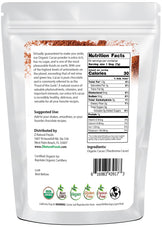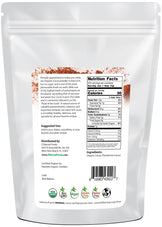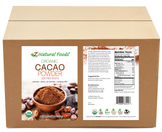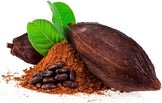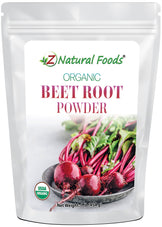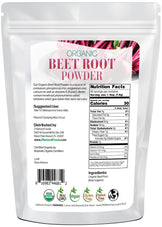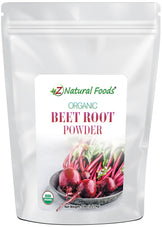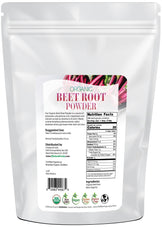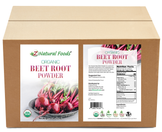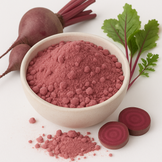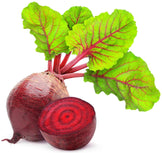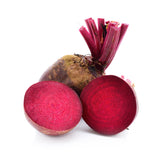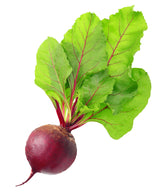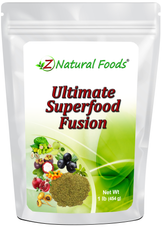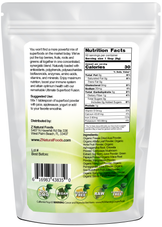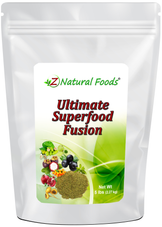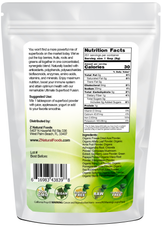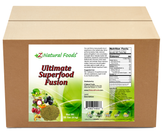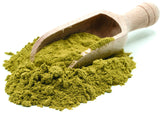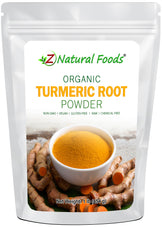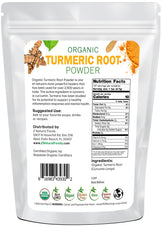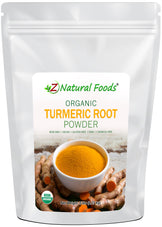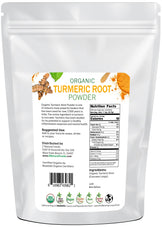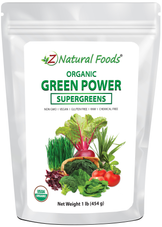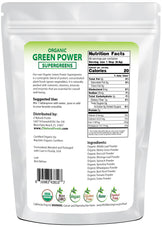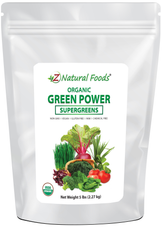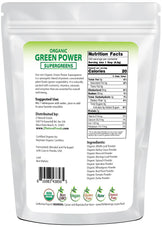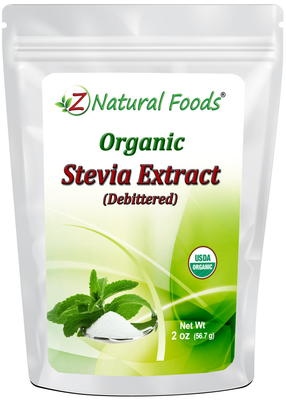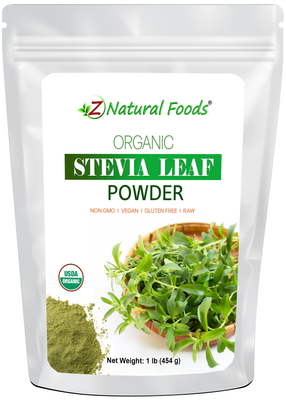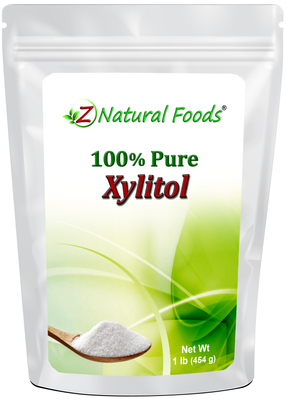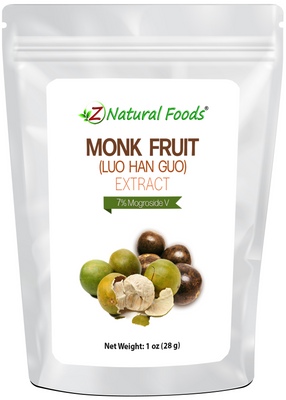About Product
Agave Inulin Powder is sourced from the agave plant, native to regions of the United States, Mexico, and South America. Known for its natural sweetness and versatility, agave inulin is often used as a functional ingredient in foods and beverages such as energy bars, smoothies, and baked goods. Its mild flavor and easy solubility make it a popular choice for creating balanced recipes. Z Natural Foods Agave Inulin Powder offers a convenient way to incorporate this plant-based ingredient into a wide range of culinary applications.
Some research suggests that Agave Inulin may contain the following constituents:
Minerals: Magnesium, Phosphorus, Zinc, Copper, Manganese, and Selenium
- Vitamins: Vitamin C, Thiamin, Riboflavin, Niacin, Pantothenic Acid, Vitamin B-6, Folate (DFE), Vitamin A (RAE), Beta Carotene, Vitamin A (IU), Vitamin E (alpha-tocopherol), Vitamin K (phylloquinone)
- Amino Acids: Tryptophan, Threonine, Isoleucine, Leucine, Lysine, Methionine, Cystine, Phenylalanine, Tyrosine, Valine, Arginine, Histidine, Alanine, Aspartic Acid, Glutamic Acid, Glycine, Proline, Serine
This product is 100% natural and minimally processed. Taste, smell, texture, and color vary from batch to batch.
Suggested Use: Mix one tablespoon with juice and yogurt, or add to your favorite smoothie. Also, add to raw chocolate recipes, superfood drinks, smoothies, baked goods, yogurt, and dairy products.
Botanical Source: Agave tequilana.
Other Names: blue agave, tequila agave, Mezcal or maguey, Chicory Extract, Chicory Inulin, Dahlia Extract, Dahlia Inulin, Extrait de Chicorée, Extrait de Dahlia, Inulina, Inuline, Inuline de Chicorée, Inuline de Dahlia, Long-chain Oligosaccharides, Oligosaccharides, Oligosaccharides à Chaîne Longue, Prebiotic, Prébiotique.
Parts Used: Agave Heart (Pina).
Ingredients: Organic Agave Inulin.
Origin: Grown and extracted in Mexico and packaged with care in Florida, USA.
Certifications: Certified USDA Organic.
* Product packaging, pictures, and origin may vary.
Sources & References
1. United States Department of Agriculture
2. World Health Organization
3. National Institutes of Health
4. Mayo Clinic Research Information Center
5. Harvard Medical School Clinical Research Programs
6. Ayurvedic Medicine from India
7. Traditional Chinese Medicine (TCM)
8. Eastern Herbalism Principles
9. Western Herbalism Principles
10. Tuohy KM (2007). "Inulin-type fructans in healthy aging". Journal of Nutrition 137 (11 Suppl): 2590S"“2593S. PMID 17951509.
11. Kelly G (2009). "Inulin-type prebiotics--a review: part 2". ALTERNATIVE MEDICINE REVIEW 14 (1): 36"“55. PMID 19364192.
12. Pourghassem Gargari, B.; Dehghan, P.; Aliasgharzadeh, A.; Asghari Jafar-abadi, M. (2013-04-16). "Effects of High Performance Inulin Supplementation on Glycemic Control and Antioxidant Status in Women with Type 2 Diabetes". Diabetes & Metabolism Journal 37 (2): 140. doi:10.4093/dmj.2013.37.2.140. ISSN 2233-6079.
13. GRAS Notice No. GRN 000118, available at http://www.cfsan.fda.gov/~rdb/opa-g118.html.
14. Fabienne Gay-Crosier, M.D. et al., Anaphylaxis from Inulin in Vegetables and Processed Food (Correspondence), New England Journal of Medicine, 342(18), 1372. May 4, 2000.
15. Tryptophan, Serotonin, and Melatonin: Basic Aspects and applications, By Gerald Huether
16. Shepherd SJ, Gibson PR (2006). "Fructose malabsorption and symptoms of irritable bowel syndrome: guidelines for effective dietary management". Journal of the American Dietetic Association 106 (10): 1631"“9. doi:10.1016/j.jada.2006.07.010. PMID 17000196.
17. "Side Effects of Inulin". Retrieved July 5, 2013.
18. ""˜Renal hypersensitivity"' to inulin and IgA nephropathy". Retrieved July 5, 2013.
19. Costanzo, Linda. Physiology, 4th Edition. Philadelphia: Lippincott Williams and Wilkins, 2007. Page 156-160.
20. Niness (1 July 1999). "Inulin and Oligofructose: What Are They?". Journal of Nutrition. 129 (7): 1402 (7): 1402. PMID 10395607. Retrieved 2008-01-19.
21. Leach, JD; Sobolik, KD (2010). "High dietary intake of prebiotic inulin-type fructans in the prehistoric Chihuahuan Desert.". Br J Nutr 103 (11): 1558"“61. doi:10.1017/S0007114510000966. PMID 20416127.
22. Coussement P (1999). "Inulin and oligofructose: safe intakes and legal status". J Nutr 129 (7 Suppl): 1412S"“7S. PMID 10395609. Text).
23. Roberfroid M (2005). "Introducing inulin-type fructans". Br J Nutr. 93 Suppl 1: S13"“25. PMID 15877886.
24. Roberfroid MB (2007). "Inulin-type fructans: functional food ingredients". Journal of Nutrition 137 (11 suppl): 2493S"“2502S. PMID 17951492.
25. "Caloric Value of Inulin and Oligofructose"
26. Abrams S, Griffin I, Hawthorne K, Liang L, Gunn S, Darlington G, Ellis K (2005). "A combination of prebiotic short- and long-chain inulin-type fructans enhances calcium absorption and bone mineralization in young adolescents". Am J Clin Nutr 82 (2): 471"“6. PMID 16087995.
27. Coudray C, Demigné C, Rayssiguier Y (2003). "Effects of dietary fibers on magnesium absorption in animals and humans". J Nutr 133 (1): 1"“4. PMID 12514257.
28. Kazuyoshi Ohta, Shigeyuki Hamada, Toyohiko Nakamura (1992). "Production of High Concentrations of Ethanol from Inulin by Simultaneous Saccharification and Fermentation Using Aspergillus niger and Saccharomyces cerevisiae". Applied and Environmental Microbiology 59 (3): 729"“733. PMC 202182. PMID 8481000.
29. Physiology at MCG 7/7ch04/7ch04p11 - "Glomerular Filtration Rate"
30. AD Cristillo, G Ferrari, L Hudacik, D Thompson, B Bowen, B Lewis, L Galmin, J Suschak, N Petrovsky, P Markham and R Pal Induction of persistent mucosal humoral and cellular responses following immunization of mice with HIV-1 envelope protein in inulin-derived adjuvants. Retrovirology 2009, 6(Suppl 3):P166
31. Kelly G (2008). "Inulin-type prebiotics--a review: part 1". ALTERNATIVE MEDICINE REVIEW 13 (4): 315"“329. PMID 19152479.
32. Morales, M., et al. (2019). Agave (Agave spp.) and its Traditional Uses. Journal of Ethnopharmacology, 233, 55-72.
33. Bautista-Cruz, A., et al. (2020). Development of a Biotechnological Process for Agave Fructans Production by Agave tequilana MADS-box. Agave tequilana, 58(7), 172-180.
34. Brownawell, A. M., et al. (2012). Prebiotics and the Health Benefits of Fiber: Current Regulatory Status, Future Research, and Goals. Journal of Nutrition, 142(5), 962-974.
35. Roberfroid, M., et al. (2010). Prebiotic effects: metabolic and health benefits. British Journal of Nutrition, 104(S2), S1-S63.
36. Scholz-Ahrens, K. E., et al. (2007). Prebiotics, Probiotics, and Synbiotics Affect Mineral Absorption, Bone Mineral Content, and Bone Structure. Journal of Nutrition, 137(3), 838S-846S.
37. Williams, C. M. (1995). Lipid metabolism in women. Proceedings of the Nutrition Society, 54(1), 139-156.
38. Slavin, J. (2013). Fiber and Prebiotics: Mechanisms and Health Benefits. Nutrients, 5(4), 1417-1435.
39. Sparg, S., et al. (2004). Biological Activities and Distribution of Plant Saponins. Journal of Ethnopharmacology, 94(2-3), 219-243.
40. Anaya-Esparza, L. M., et al. (2020). Phytochemical and Pharmacological Review of Agave Species. Journal of Ethnopharmacology, 247, 112242.
* Reviews & Success Stories Disclaimer
Product reviews solely reflect the views and opinions expressed by the contributors and not those of Z Natural Foods. Z Natural Foods does not verify or endorse any claims made in these reviews. Statements have not been evaluated by the FDA and are not intended to diagnose, treat, cure, or prevent any disease or health condition.REFERRAL PROGRAM
Share your personal link to your friends and welcome them with rewards. Claim yours when they make their first purchase.

GIVE
$10 off discount

GET
$10 off discount
